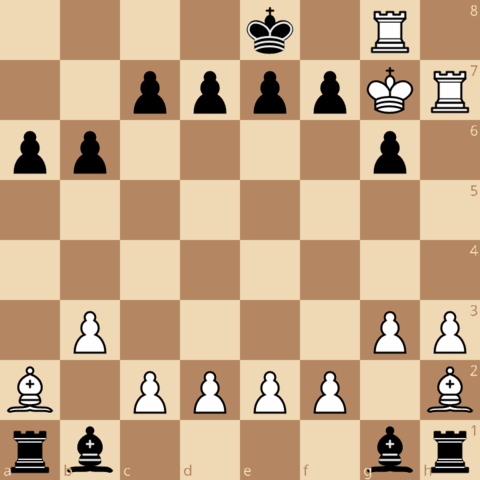Another retrograde chess puzzle! Unless I overlooked some shortcut, this should be a bit more tricky than my last one:
In the position below, what was White's final move?

In your answer, please provide your reasoning and a (sketch of a) proof game leading to the final position.
(Further) Edit: In regards to a shortest possible proof game, I can currently offer
Checkmate on White's
44th42nd move.
Again, this feels quite optimal, but there may be some tricks to shave off one or two extra moves that I am missing here. If you find a better solution, please feel free to post that as an answer.


